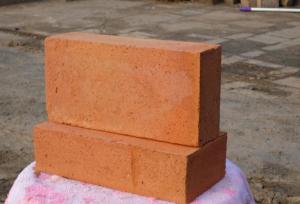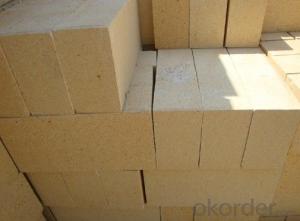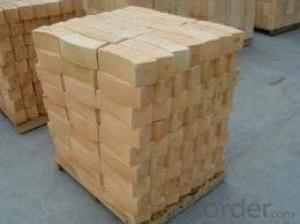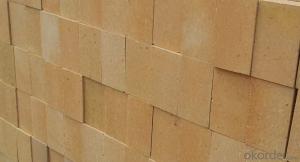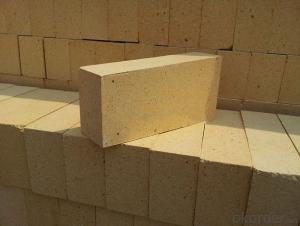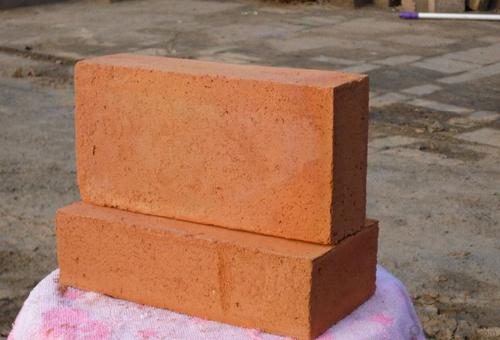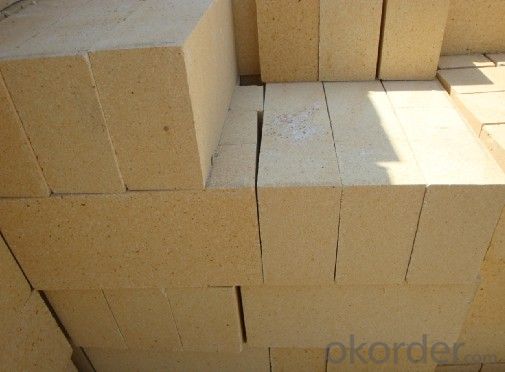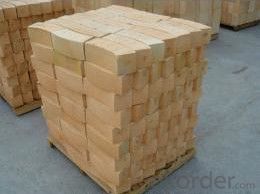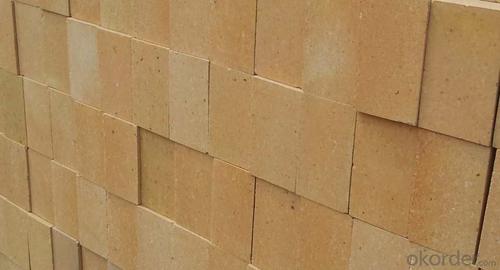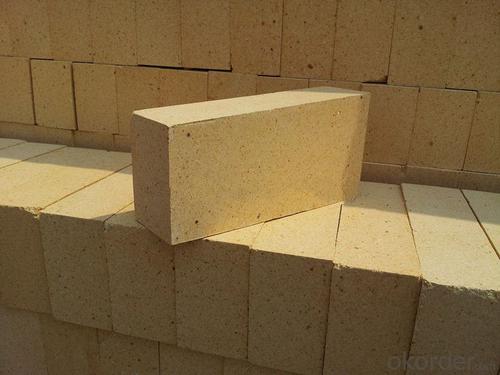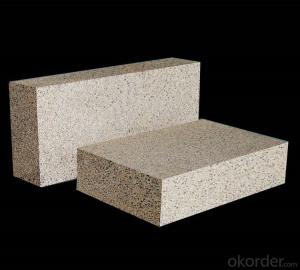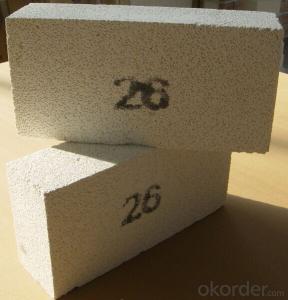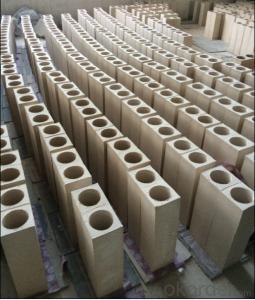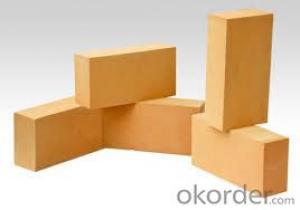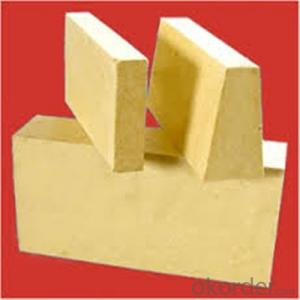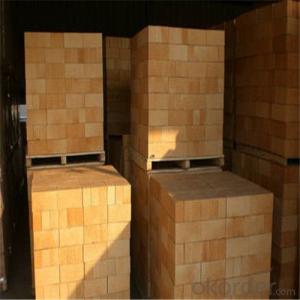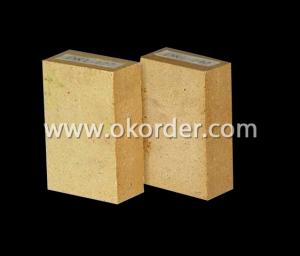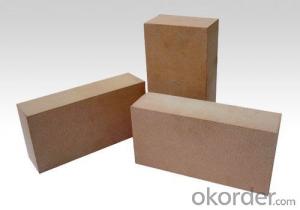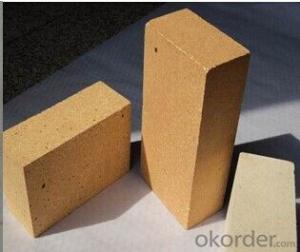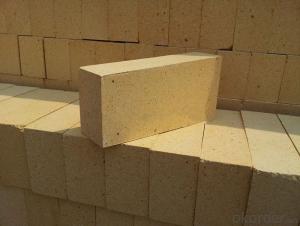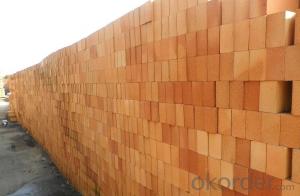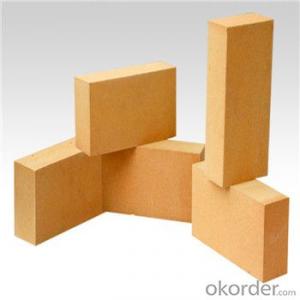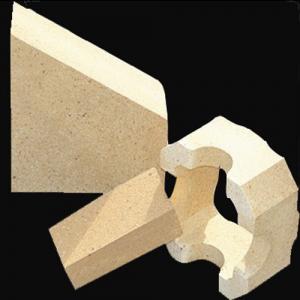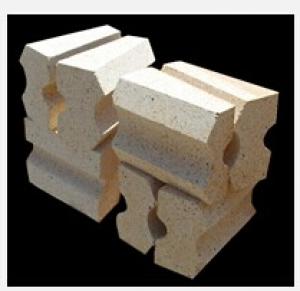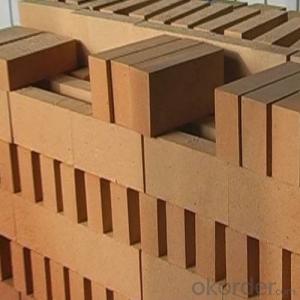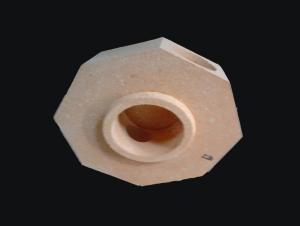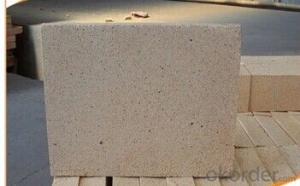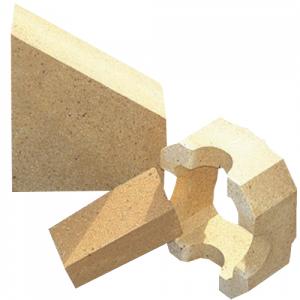Fireclay Brick - High Quality Low Porosity Fire-Resistant
- Loading Port:
- China main port
- Payment Terms:
- TT OR LC
- Min Order Qty:
- 1 m.t.
- Supply Capability:
- 1000 m.t./month
OKorder Service Pledge
OKorder Financial Service
You Might Also Like
Description:
Refractory brick is a block of refractory ceramic material used in lining furnaces, kilns, fireboxes, and fireplaces.
We provide high quality Refractory Fire Bricks that are used on wide range in the various industries like Cement, Glass and Steel. Refractory Fire Bricks are provided as per the quantity and specifications required by the customers. We provide an extensive range of Refractory Fire Bricks at reasonable prices that depend upon the quantity ordered.
Fire Clay Brick Features:
1. Good thermal stability, low thermal conductivity, good insulation performance.
2. Low bulk density, good integrity, high mechanical strength.
3. Good thermal shock stability, good resistance to abrasion and corrosion.
4. Good volume stability at high temperature.
5. Low water absorption rate, low creeping rate.
6. Natural clay products, could be shaped freely, non-radioactive and environmentally friendly.
7. Two casted method: down draft kiln and tunnel kiln. General sintering temperature: 1280-1350 degrees.
Fire Clay Brick Application:
1. Widely used in various kilns due to its cheapness and general tray package
2. All parts of furnace lining for middle and small capacity blast furnace.
3. Low temperature parts of waste incinerators and glass melting furnaces, etc.
4. Widely used in metallurgy, construction (glass and cement), chemical industry, electric power and machine building.
Specifications
1. Fire Caly brick Manufacturer
2. ISO 9001 certificate
3. Credible Quality
4. Reasonable price
5. Delivery in time
Technical data:
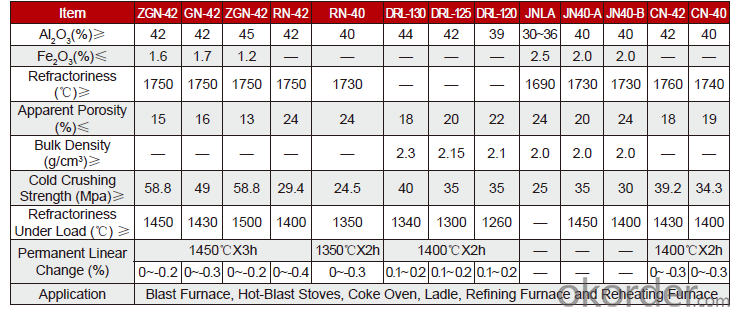
Q1 What’s the transport method?
A1 FCL delivery goods with wooden pallet or wooden case by sea; If LCL delivery, must with wooden case; Sometimes need open top, flat rack or bulk cargo.
Q2 What’s the required payment term?
A2 Generally 30% TT as the prepayment, 70% TT before delivery. If need, 100% Irrevocable Letter of Credit or negotiation.
Q3 Which country are our products exported to?
A3 Apart from entire Chinese market, the US, Russia, Japan, Korea, Australia and some Southeast Asian Nations.
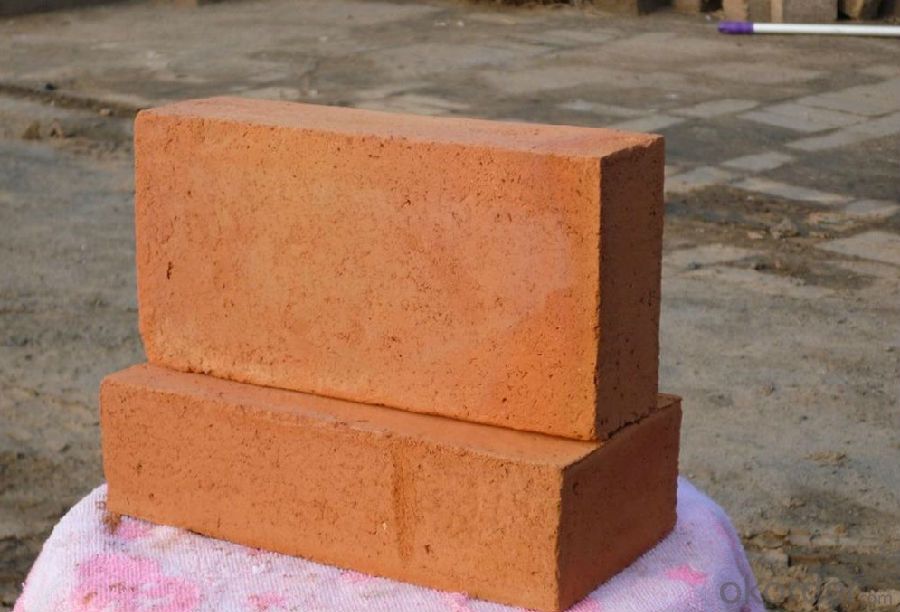
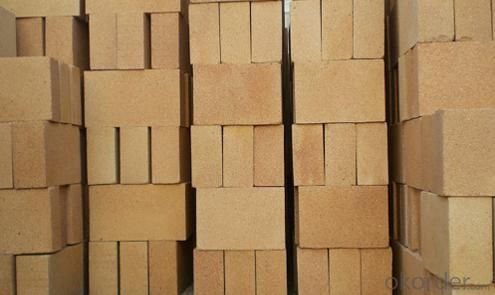
- Q: What are the differences between thermal?insulation?bricks and refractory bricks?
- Thermal insulation brick is thermal insulative; refractory brick is high temperature resistant.
- Q: What is the meaning of special shaped refractory brick material n-2b?
- In fact, there are many kinds of refractory bricks, titanium, high alumina refractory brick, after drying. The mineral composition of the clay brick is mainly kaolinite (Al2O3·2SiO2·2H2O) and 6% ~ 7% impurities (K, etc.). Clay refractory bricks are iron oxide sintered by 50% soft clay and 50% hard clay clinker ingredients according to a certain granularity requirements under the high temperature of 1300 ~ 1400 degrees), perlite
- Q: What is the advantage for ceramic fiber material compared with refractory brick?
- Heat capacity; excellent thermal shock resistance, good chemical stability, bearing sudden cooling and heating, without oven heating and cooling ,high speed, energy saving, is 1/8 of refractory brick, construction is simple. ceramic fiber materials and refractory brick belong to refractory insulation materials; low thermal conductivity: Low bulk density, ceramic fiber material is a new type of lightweight thermal insulation material, is one of the 10 points of lightweight refractory brick,
- Q: should clay or refractory cement be used to lay refractory bricks?
- structure strength of this brick lining is not good, apply some refractory mud, only use some virgin clay and corundum, many of the traditional approaches are very simple, mullite and carbon slurry, the specific products are selected according to the selected material and water glass or organic binder. binding agent can choose phosphate, silica and high alumina, clay is one part of the refractory clay, there are many kinds of refractory slurry according to the material, clay-based mud does use refractory cement and corrosion resistance is low
- Q: The making process of clay brick
- Clay brick materials, cheap, durable, and fire prevention, heat insulation, sound insulation, moisture absorption and other advantages, is widely used in civil engineering. Waste brick can also be used as aggregate of concrete. In order to improve the shortcomings of ordinary clay bricks, such as small, self important and waste of soil, they are developing in the direction of light weight, high strength, hollow and big blocks. In a proper ratio of lime sand brick and quartz sand, sand or fine sand, the ground, Kazumi Wa, semi dry pressing and autoclaved curing and. The fly ash brick is made of fly ash as main raw material and mixed with cement material such as coal gangue, stone powder or clay. It is made up of batching, molding, drying and roasting. It can make full use of industrial waste residue and save fuel.
- Q: What are the type, location and the physical and chemical effects of the refractory brick used in the cement rotary kiln?
- But most people use high alumina brick or clay brick, G6 refractory brick. The specific masonry location, such as G4 refractory brick, standard brick, T38, OD, T39, according to the length of your rotary kiln, many kinds of refractory bricks are used in cement rotary kiln, the specific size of the inner diameter should be calculated in detail
- Q: What materials mix mortar to build walls (with bricks)? The more burned the harder
- Glassy water is recommed to be used.
- Q: What are the differences between fired brick and clay brick?
- You can refer to see Yixing Dingcheng ceramic clay brick, clay brick is their production of professional manufacturers, quality assurance, the price is high
- Q: What material does tile tunnel kiln use to replace the refractory brick to have better insulation effect and save the maintenance and prolong the service life?
- Yes, but the cost is high, refractory material should be the most affordable at present.
- Q: What are the advantages and disadvantages of clay bricks?
- Advantages of clay bricks1. clay brick materials, cheap, durable, and fire prevention, heat insulation, sound insulation, moisture absorption and other advantages, is widely used in civil engineering. Waste brick can also be used as aggregate of concrete.2. waste bricks can also be used as aggregate for concrete.3. fly ash brick is made of fly ash as main raw material and mixed with cement material such as coal gangue powder or clay. It is made up of batching, molding, drying and roasting. It can make full use of industrial waste residue and save fuel.
Send your message to us
Fireclay Brick - High Quality Low Porosity Fire-Resistant
- Loading Port:
- China main port
- Payment Terms:
- TT OR LC
- Min Order Qty:
- 1 m.t.
- Supply Capability:
- 1000 m.t./month
OKorder Service Pledge
OKorder Financial Service
Similar products
Hot products
Hot Searches
Related keywords
